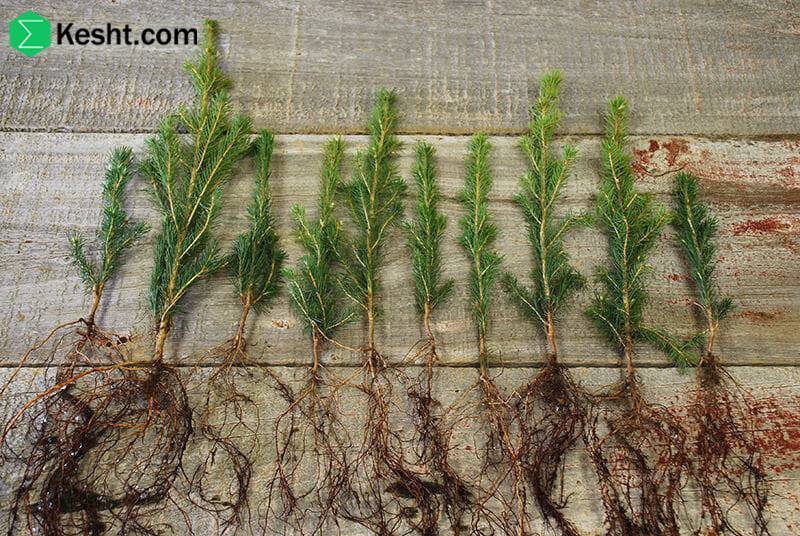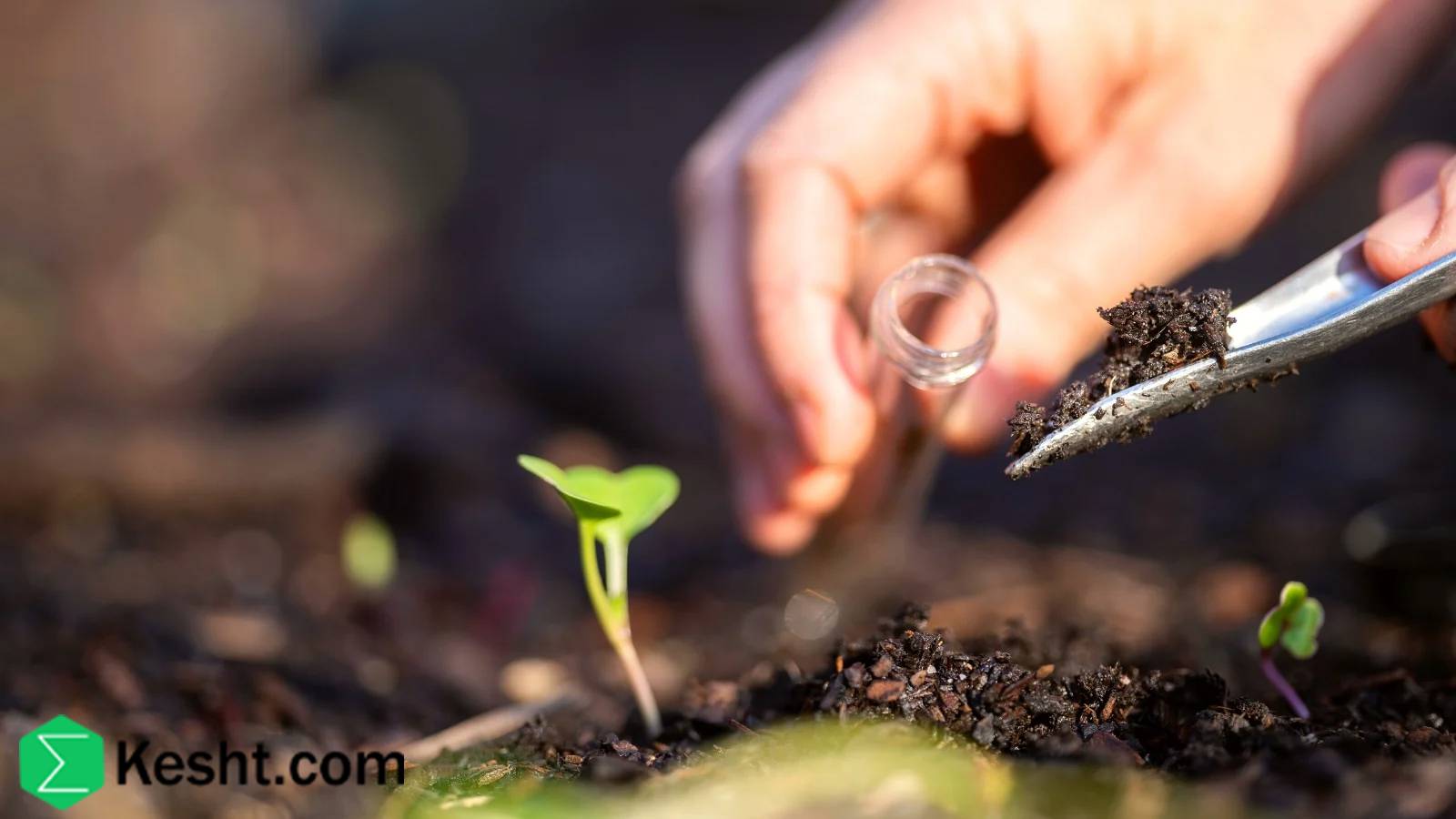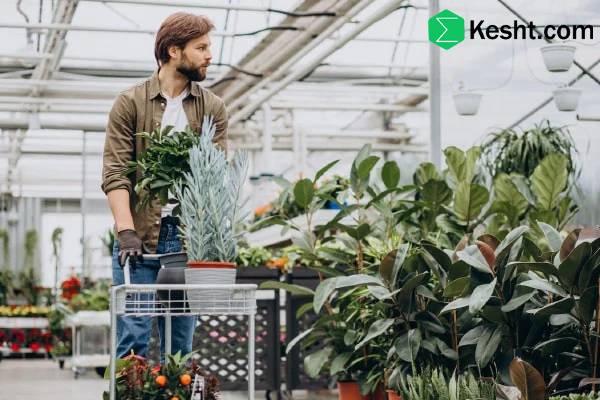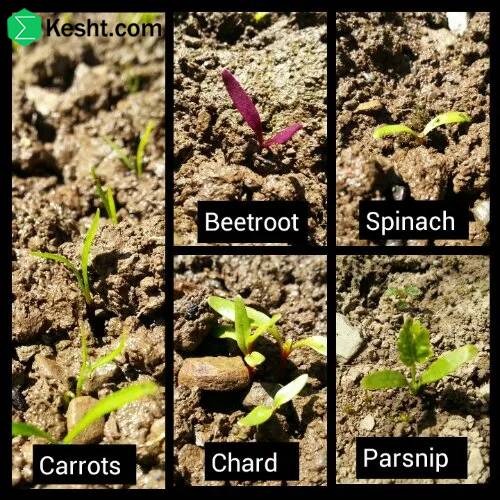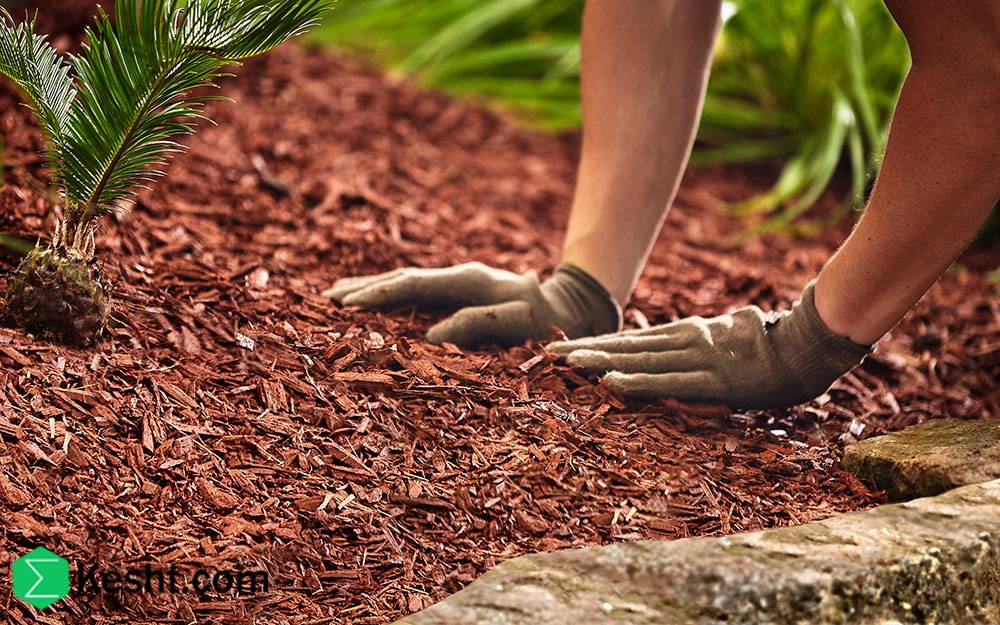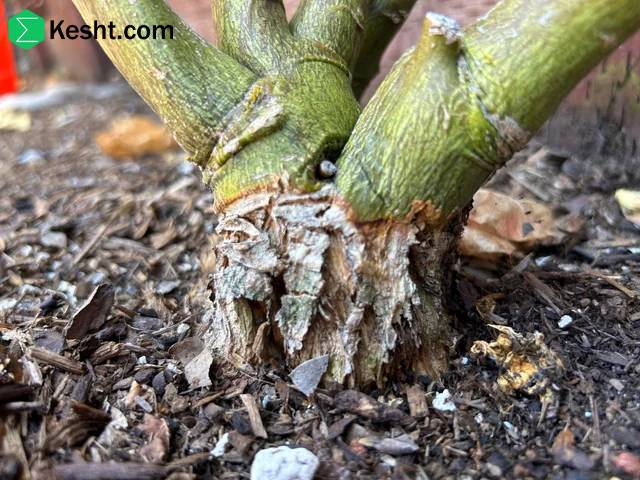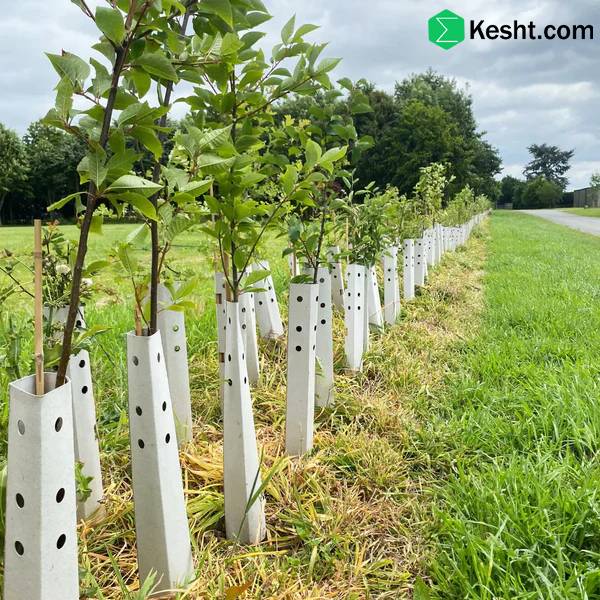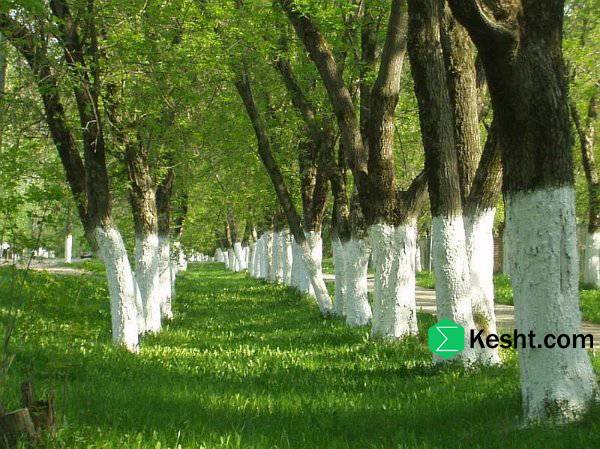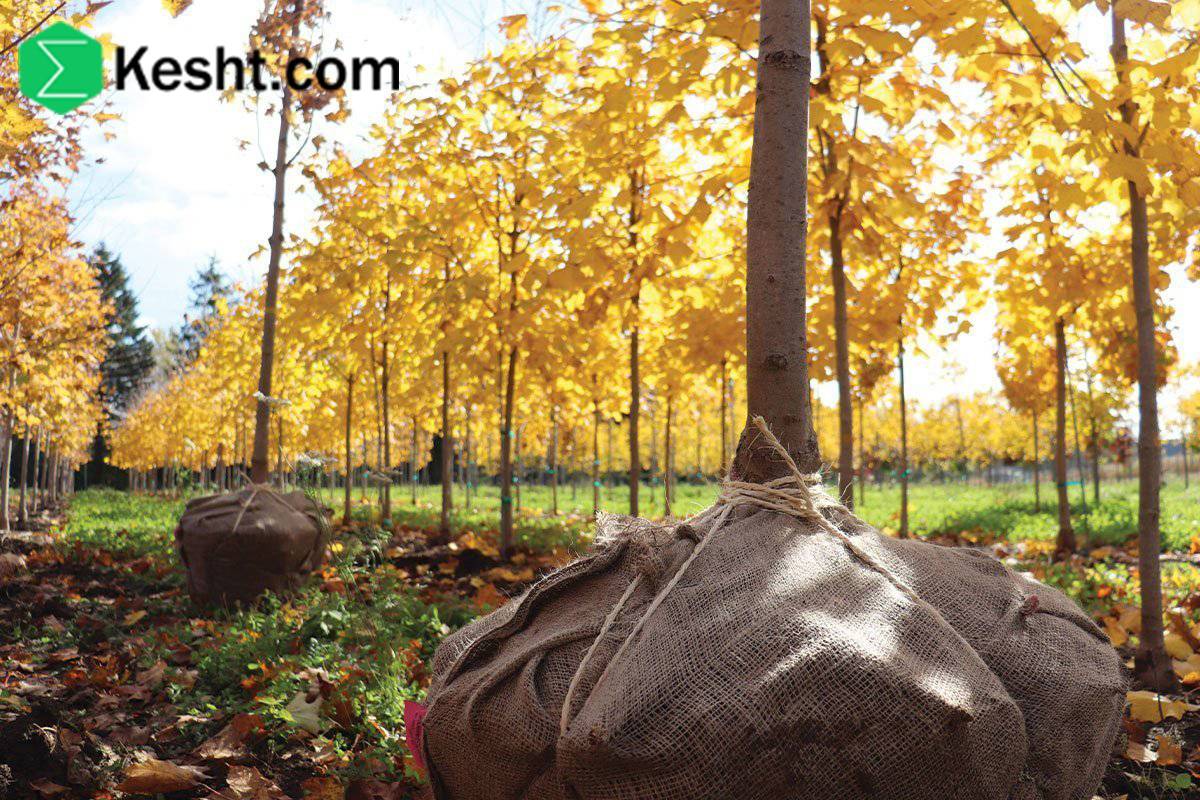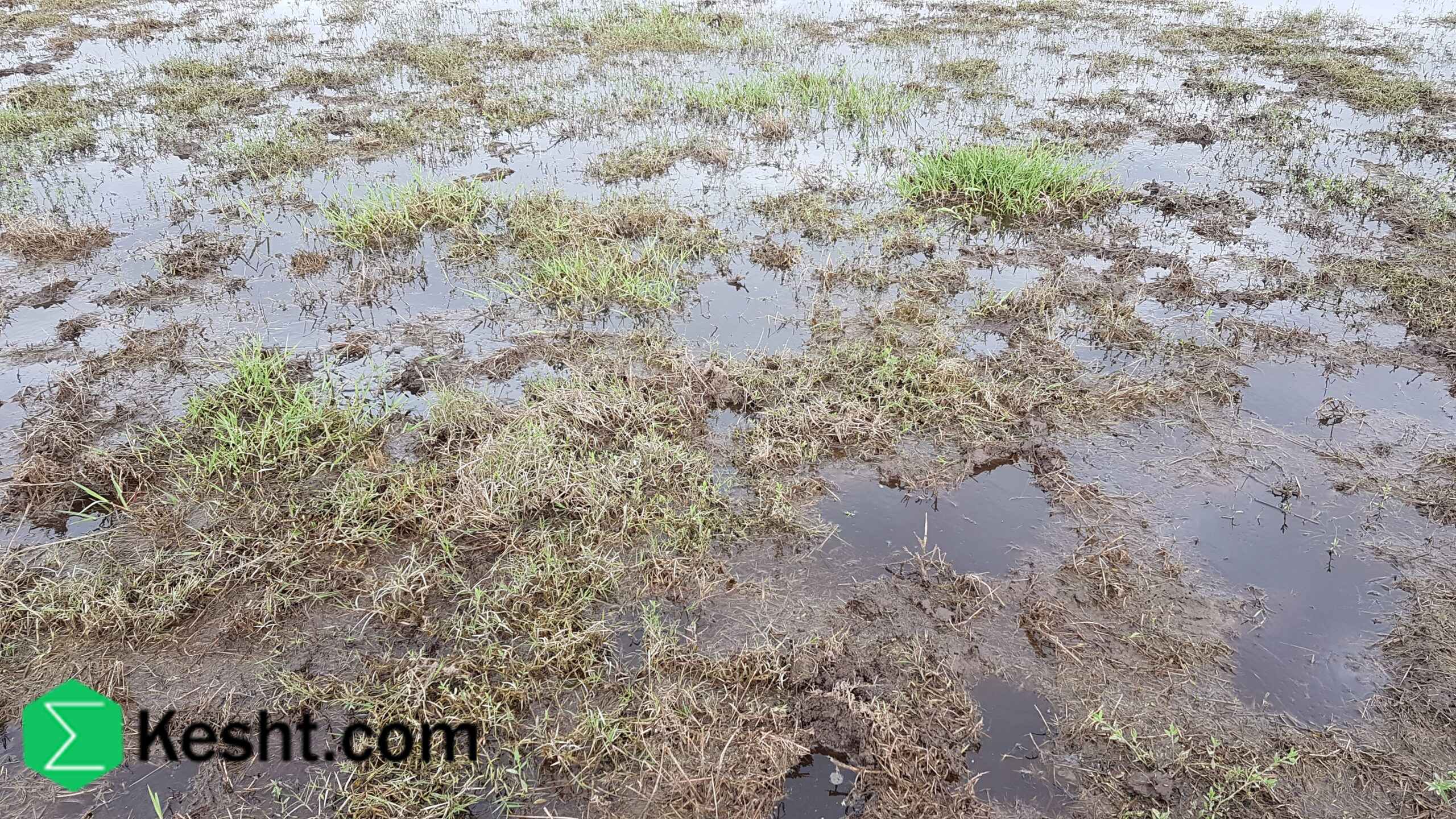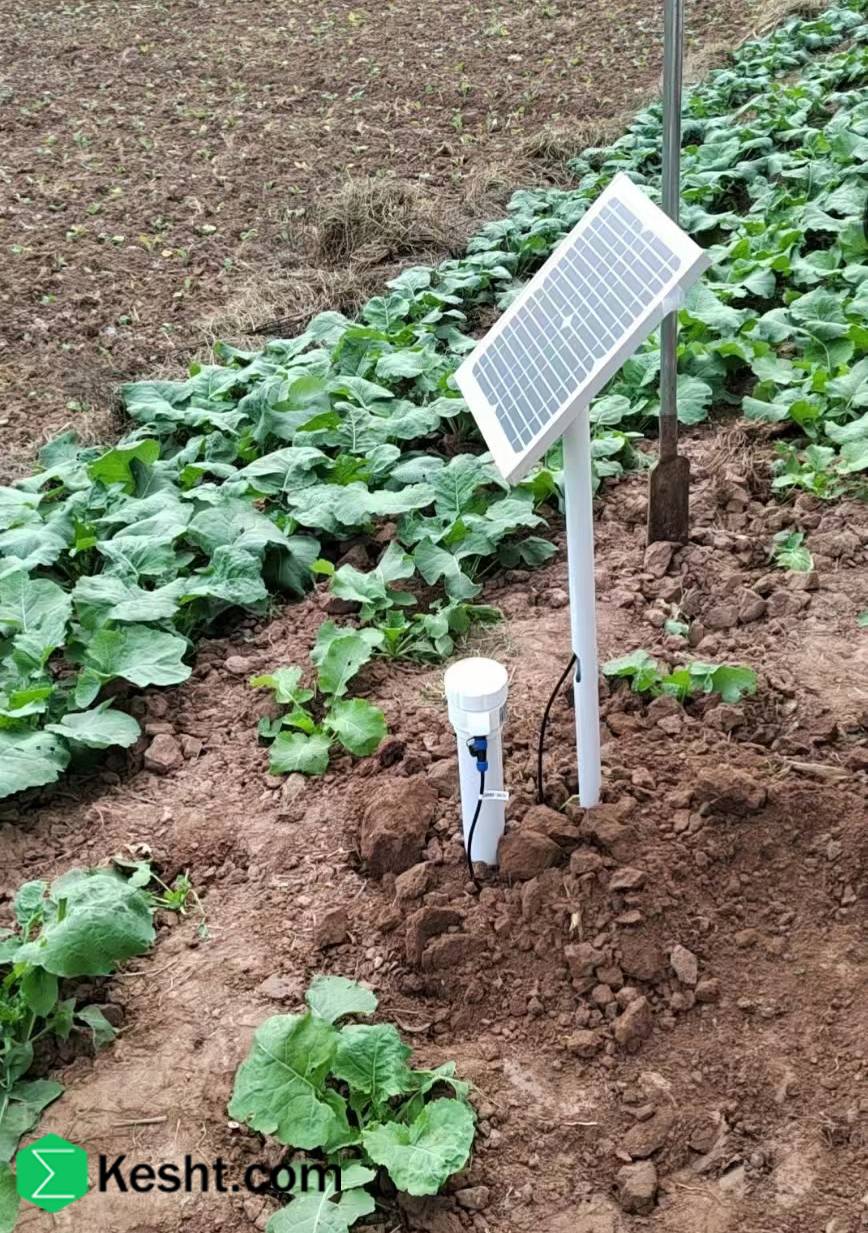Bare-Root Saplings: A Complete Guide
What is a bare-root sapling?
A bare-root sapling, as the name suggests, is a sapling lifted from the ground during winter dormancy, with the soil around its roots completely shaken or washed off. These saplings are sold without any soil or container, and their roots are exposed. To prevent drying out, the roots are typically wrapped in moist materials such as peat moss, damp sawdust, or wet cloth.
In other words:
A bare-root sapling is a plant lifted without soil or wrapping around the roots—usually in the dormant season (when growth is inactive)—and prepared for sale or transport. In this state, the roots are entirely “bare” or “free,” and the plant is moved without a rooting medium (such as a pot or plastic bag).
This type contrasts with two others:
- Container-grown: a sapling grown in a pot from the start.
- Ball-and-burlap (B&B): a sapling lifted with a soil ball around its roots, wrapped in burlap.
Main characteristics of bare-root saplings
- Limited sales window: Available only during plant dormancy (typically late autumn to early spring).
- Light and compact: Without soil, they are very light and easy to transport.
- Visible roots: You can fully inspect root health before purchase and planting.
- High sensitivity: Exposed roots are very prone to drying and physical damage and require prompt care.
Key characteristics of bare-root saplings
| Feature | Description |
| Planting season | Only during dormancy (autumn to early spring — before budbreak) |
| Weight and transport | Lighter and cheaper to ship than container or B&B stock |
| Roots | No soil; fully inspectable but sensitive to drying and damage |
| Price | Usually cheaper than other nursery stock types |
| Species diversity | Common for fruit, forestry, and ornamental trees |
Advantages of bare-root saplings
- Much lower cost: With no soil, pots, or potting labor, prices are significantly lower (often 30–50%).
- Better root architecture: Roots developed naturally in the ground and are not root-bound, aiding faster, stronger establishment as roots readily spread into new soil.
- Easy transport: Low weight and volume allow moving many plants at once, reducing shipping costs.
- Greater variety: Nurseries can carry a wider range of species as bare-root stock.
- Reduced transplant shock: When planted correctly, roots contact native soil directly and can adapt faster than B&B stock.
Disadvantages of bare-root saplings
- Time-sensitive planting: Must be planted immediately after purchase and only during dormancy; they cannot be stored long.
- Need for prompt, careful handling: Roots must never dry out. Even minutes of sun or direct wind exposure can seriously damage fine roots.
- Higher risk if mishandled: Failure to follow best practices increases the risk of desiccation and establishment failure.
Step-by-step guide to planting bare-root saplings
Success with bare-root planting depends on following these steps closely.
Step 1: Pre-plant preparation
- Unwrap immediately: Open the package as soon as you receive the saplings.
- Keep roots moist: If you cannot plant right away, wrap roots in a wet cloth or temporarily place them in moist sand or sawdust (this is called “sandbox” or “heeling in”).
- Soak the roots: Before planting, soak the roots in a bucket of water for 3 to 6 hours to rehydrate them. Warning: Do not soak for more than 24 hours, as this may cause suffocation and rot.
- Root pruning: Inspect roots carefully. Trim any broken, damaged, or excessively long roots with a sharp, sterilized pruner.
Step 2: Prepare the planting hole
- Dig the hole: Make it about twice as wide as the root spread and about the same depth. Width matters so roots can be placed without bending.
- Create a central mound: Form a small mound of loose soil in the center of the hole to help spread roots evenly around it.
Step 3: Position the sapling
- Set the sapling: Place it on the soil mound and gently spread the roots downward and outward.
- Adjust planting depth: This is critical. The root collar (where the stem meets the roots) should be level with or slightly above the surrounding soil surface. If the sapling is grafted, the graft union must remain several centimeters above the soil to prevent the scion from rooting.
Step 4: Backfill the hole
- Return native soil: Refill the hole with the original soil. Do not add concentrated chemical fertilizers at this stage, as they can burn young roots.
- Eliminate air pockets: Backfill halfway, then gently firm the soil by hand or foot to remove air pockets around the roots.
- Initial watering: Thoroughly water the half-filled hole to settle soil around the roots.
- Finish backfilling: After the water sinks in, fill the remainder of the hole and gently firm the soil again.
Step 5: Post-plant care
- Final watering: After fully backfilling, water deeply and thoroughly.
- Make a watering basin: Build a shallow berm around the sapling to hold irrigation water near the roots.
- Mulching: Apply a 5–10 cm layer of mulch (wood chips, straw, or compost) around the sapling, keeping mulch away from direct contact with the trunk. Mulch conserves moisture, suppresses weeds, and moderates soil temperature.
- Staking: In windy areas or for tall saplings, stake for the first year to provide stability.
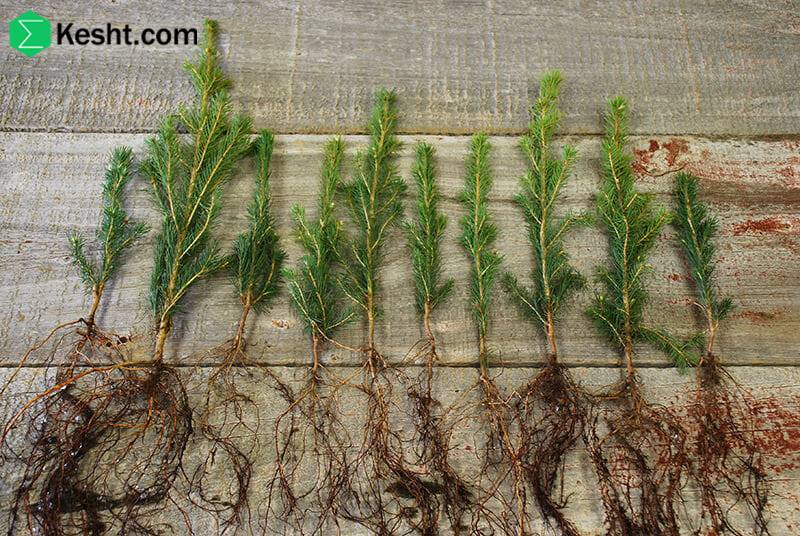
Comparison: Bare-root vs. other nursery stock
| Feature | Bare-root | Ball-and-burlap (B&B) | Container-grown |
| Planting season | Winter/early spring only | Nearly year-round | Year-round |
| Price | Low | Medium to high | High |
| Weight | Light | Heavy | Medium |
| Survival rate | Medium (high with proper management) | High | High |
| Initial watering need | Very high | High | Moderate |
| Suitable for large projects | Yes | Sometimes | No |
Professional tips and expert recommendations
- Choose healthy plants:
Roots should be white to cream, well-branched, and free of foul odors. Blackened or brittle roots indicate dead tissue.
- Avoid direct chemical fertilizer on roots:
Do not place concentrated fertilizers on roots at planting—this can cause root burn.
- Avoid heavy pruning in year one:
Prune only broken or diseased branches. Heavy pruning reduces stored energy.
- Keep labels:
Retain species and cultivar tags until plants are established—important for precise irrigation and pruning management.
Common uses of bare-root saplings
- Reforestation and dryland rehabilitation
- Commercial fruit orchards (apple, pear, peach, walnut, etc.)
- Urban landscaping (with careful scheduling)
- Environmental and NGO projects (low cost and easy transport)
Bare-root saplings are an economical, smart choice for gardeners and growers—provided you act quickly and carefully. The keys to success are keeping roots moist and planting promptly at the right time of year. By following these principles, you can achieve strong root systems and healthy, vigorous growth
